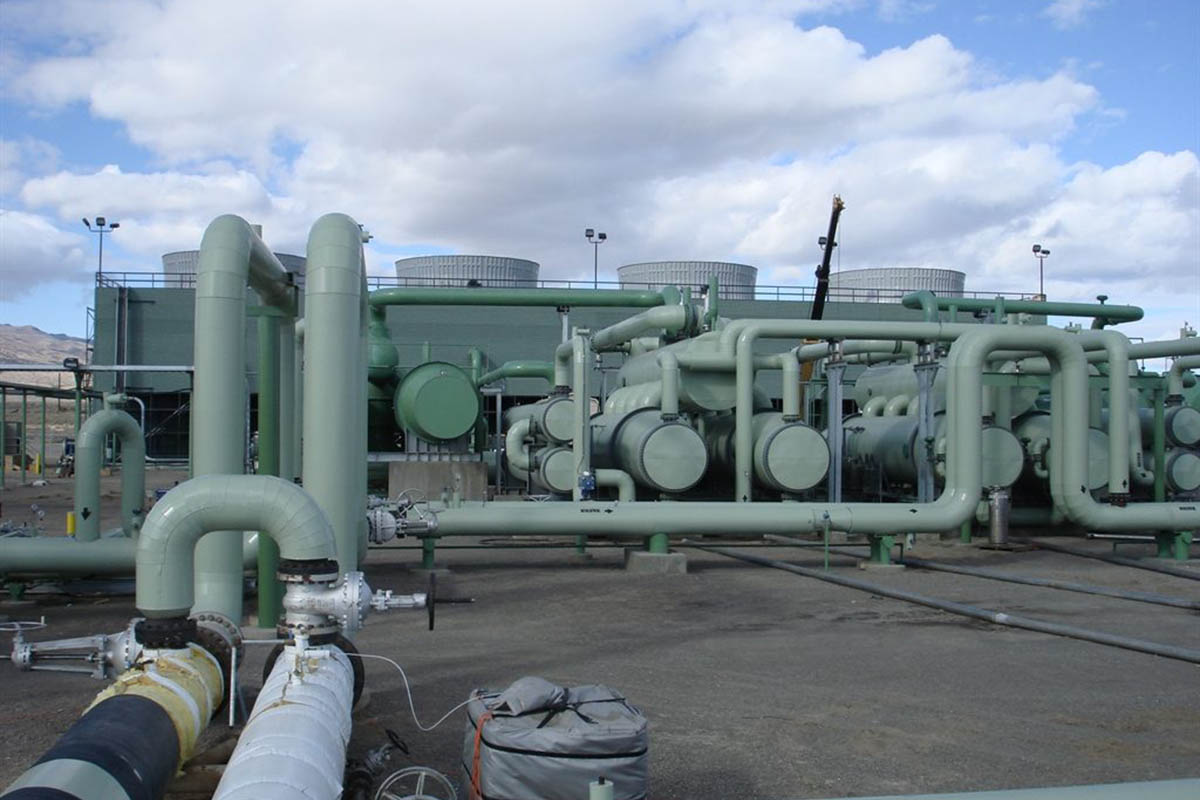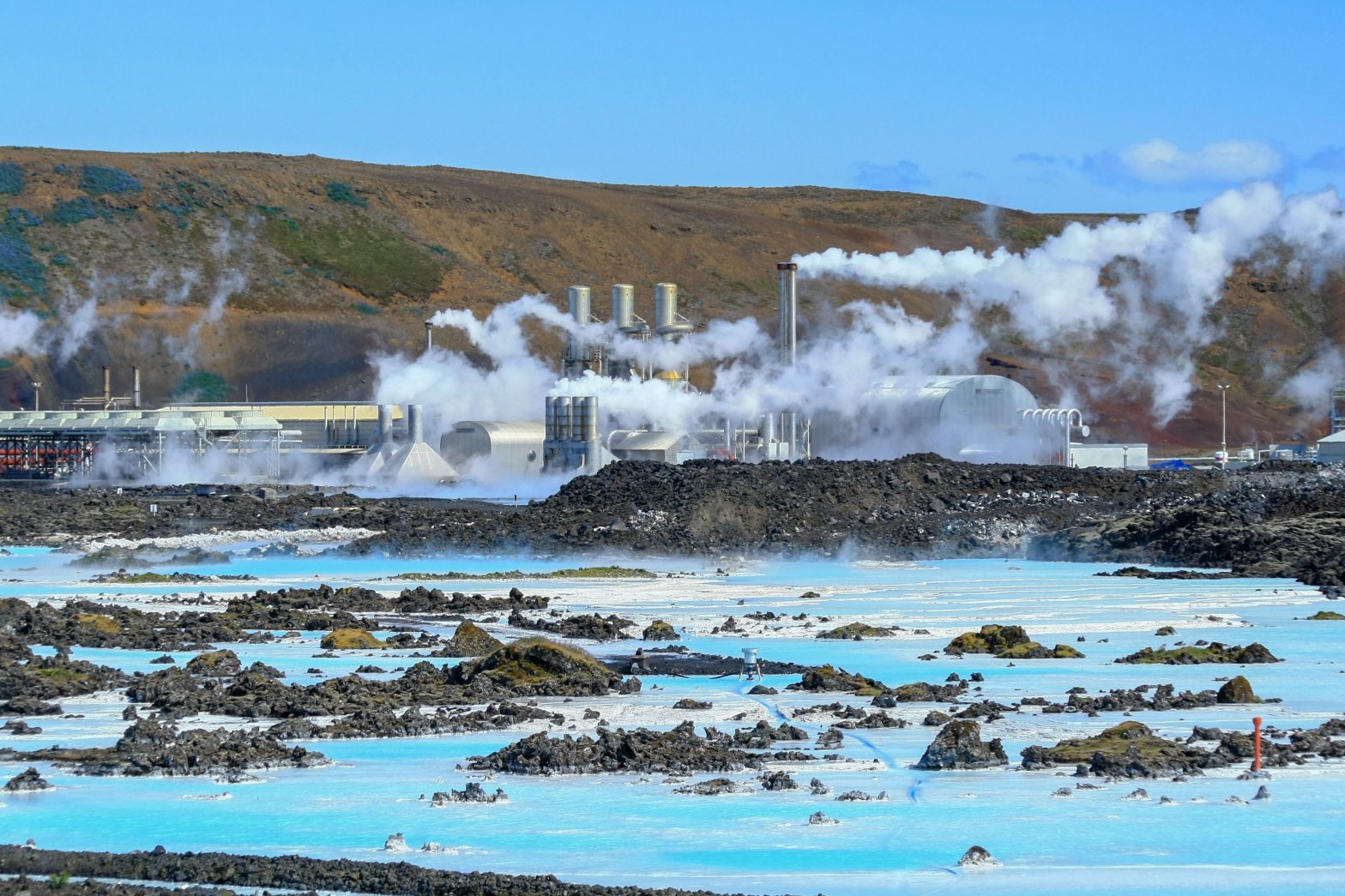Geothermal energy originates from the earth in fluids and rocks at different depths. It accounts for only a maximum of one percent of electricity generation in Oregon. Geothermal facilities can use heat from the earth to produce electricity and heat buildings.
Generally, extremely high-temperature resources and steam turbines were utilized to create electricity. Nevertheless, recent technological solutions have used lower temperatures to generate electricity. The challenges that geothermal innovators face include resource uncertainty, high costs, and dealing with environmentally delicate locations.
Areas with geothermal potential are in the southeastern and central parts of Oregon. The NREL (National Renewable Energy Laboratory) has created a mapping instrument of geothermal reserves. The DOGAMI (Department of Geology and Mineral Industries) in Oregon developed a map for geothermal wells and springs.
Electricity Generation

The first geothermal plant in Oregon was built in 2010 in OIT (Oregon Institute of Technology) at Klamath Falls. The initial generating capacity of the power plant was 280 KW. Another geothermal facility of the OIT generates 1.75 MW of power.
In 2012, Geothermal Inc. constructed a 22MW facility in eastern Oregon near hot springs. IN 2015, a 3.1MW geothermal plant started running in Paisley. Moreover, other opportunities for geothermal power are explored in Glass Butte and Crump Geyser.
Unlike other renewable sources, geothermal plants supply constant electricity. By providing continuous baseload power, geothermal facilities help minimize the use of conventional fossil fuel plants and promote the integration of renewable sources onto the power grid.



